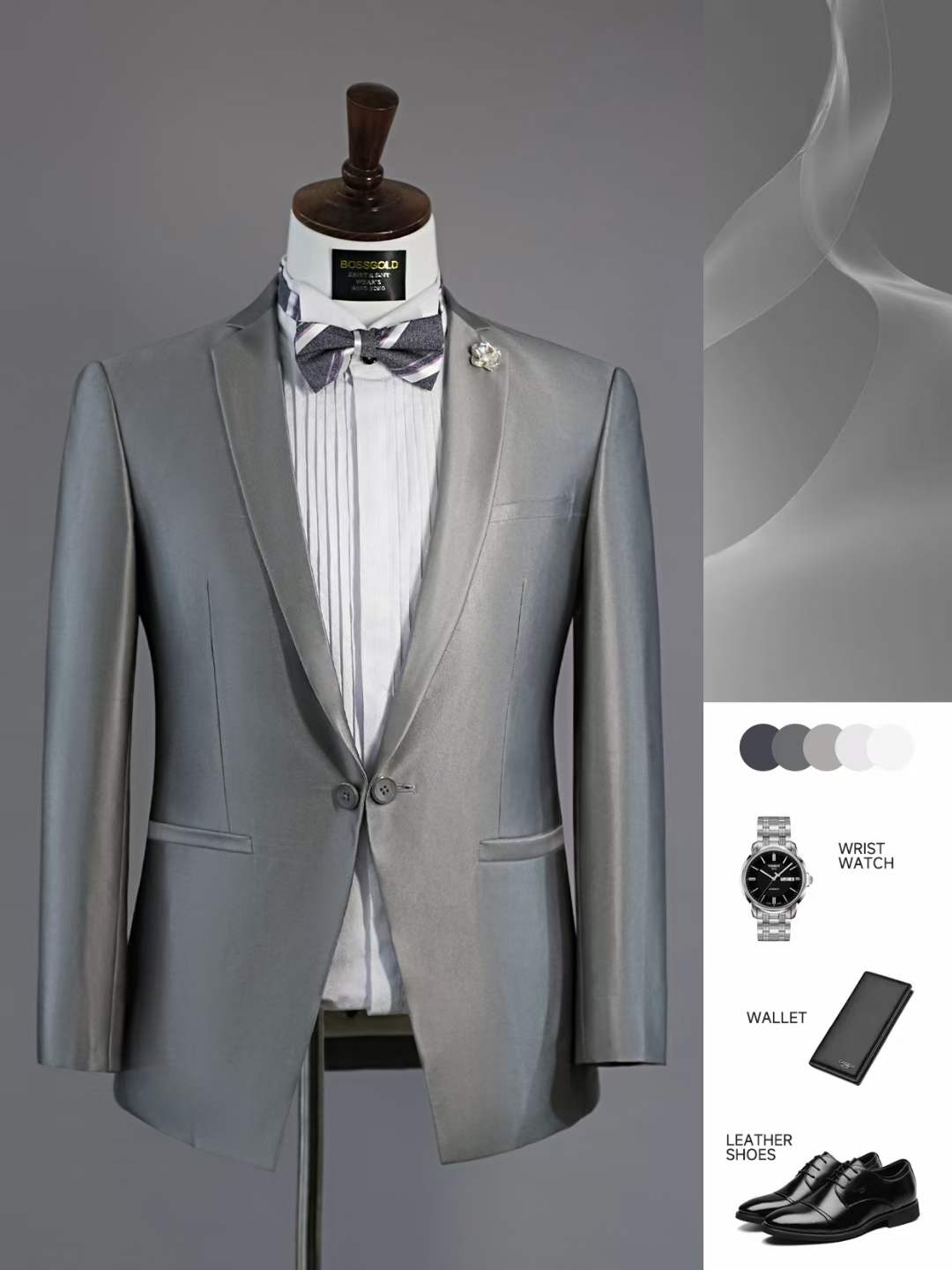The suit, with its sharp lines and structured silhouette, has long been a symbol of power, authority, and professionalism. Historically, it was an attire reserved for men, a reflection of their dominance in the professional and public spheres. However, as the tides of time shifted, so did the narrative of the suit, evolving from a male-exclusive garment to a powerful symbol of female empowerment.
The Early Days: A World of Men
In the early 20th century, the corporate and political worlds were predominantly male domains. The suit, with its tailored fit and somber hues, became synonymous with this male-centric universe. It was a uniform that women, for the most part, were excluded from.
However, as the world began to change, with women demanding their rightful place in society, the suit started its transformative journey. Women, eager to break the glass ceilings and assert their presence, began to adopt this emblem of power.
The Roaring Twenties: A Glimpse of Change
The 1920s was a decade of rebellion, change, and newfound freedoms for women. As they began to step out of their traditional roles, their attire evolved too. The flapper dresses of the era, though not suits, were a step towards more androgynous fashion. Women were beginning to challenge societal norms, and their clothing choices reflected this.
The Power Suit Era: The 1980s and Beyond
The 1980s marked the true emergence of the female power suit. Women were making significant inroads into the corporate world, politics, and other traditionally male-dominated sectors. The suit became their armor, a way to level the playing field. Icons like Margaret Thatcher, with her signature blue suits, and pop culture representations like Melanie Griffith in "Working Girl," showcased the suit as a tool of empowerment and ambition.
Designers began to craft suits tailored for the female form, maintaining the essence of power but adding a touch of femininity. Shoulder pads, cinched waists, and skirt suits became popular, blending authority with style.
Today: A Universal Symbol of Power
Today, the suit stands as a universal symbol of professionalism and power, irrespective of gender. Women across the globe

